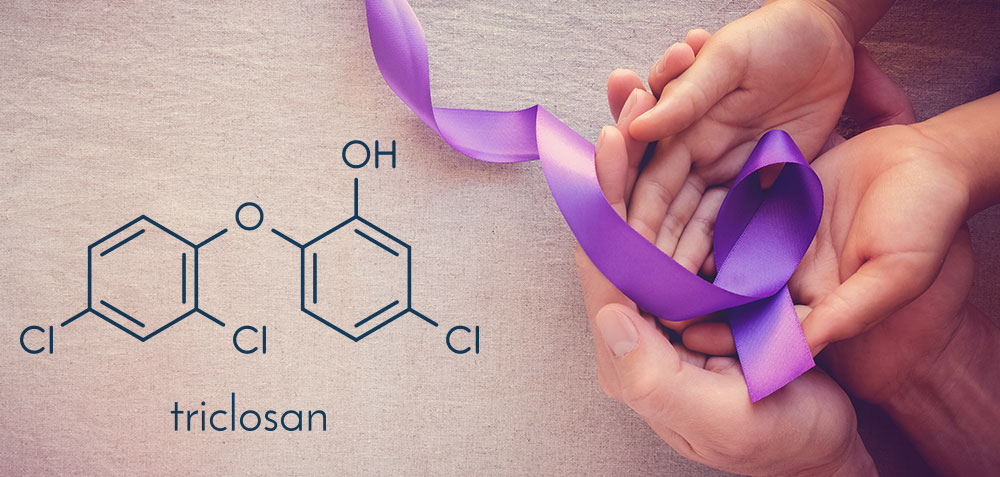
Chlorine-Based Triclosan May Combat Infections in Serious Lung Disease
The chlorine-based antibacterial compound, triclosan, has potential to combat life-threatening infections in people with diseases such as cystic fibrosis when combined with a tobramycin, an antibiotic, according to a paper in Antimicrobial Agents and Chemotherapy (June 2018). Triclosan has been used for more than 40 years in soaps, makeup and other commercial products because of its antibacterial properties.
Cystic fibrosis is a genetic disease affecting around one in every 2,500 to 3,500 people. People with the disease have a defective gene that causes a sticky buildup of mucus in the lungs. This clogs the airways and traps bacteria such as Pseudomonas aeruginosa, which make a slimy biofilm. The biofilm helps protect the bacteria from attack by the body’s immune system or by antibiotics. Other biofilm-related conditions include the gum disease, gingivitis; the heart infection, endocarditis; and infections related to artificial joints or implanted heart pacemakers.
In the laboratory, Michigan State University (MSU) researchers found that triclosan and tobramycin together led to a 100-fold reduction in the number of living P. aeruginosa bacteria in a biofilm after six hours. Neither substance alone had significant activity against biofilms. Triclosan also improved the effectiveness of other antibiotics, including gentamicin and streptomycin.
MSU Today (May 17) quotes lead study author and microbiology professor Chris Waters as saying, “The problem that we’re really tackling is finding ways to kill these biofilms.” Waters and co-authors Michael Maiden and Alessandra Hunt “grew 6,000 biofilms in Petri dishes, added in tobramycin along with many different compounds, to see what worked better at killing the bacteria. Twenty-five potential compounds were effective,” but triclosan stood out, notes the newsletter.
Tobramycin is currently the most widely used treatment for infections in cystic fibrosis patients, but typically does not clear the lungs of infection. “Our triclosan finding gives doctors another potential option and allows them to use significantly less of the tobramycin in treatment, potentially reducing its use by 100 times,” said Hunt. Within the next year, Waters and colleagues plan to start testing the combination therapy in mice, hoping to move quickly to a human clinical trial since both substances are already approved by the U.S. Food and Drug Administration for other uses, says MSU Today. “We think this can save lives,” said Maiden.
The study was funded by the National Institutes of Health, Cystic Fibrosis Foundation and Hunt for a Cure in Grand Rapids, Michigan.
